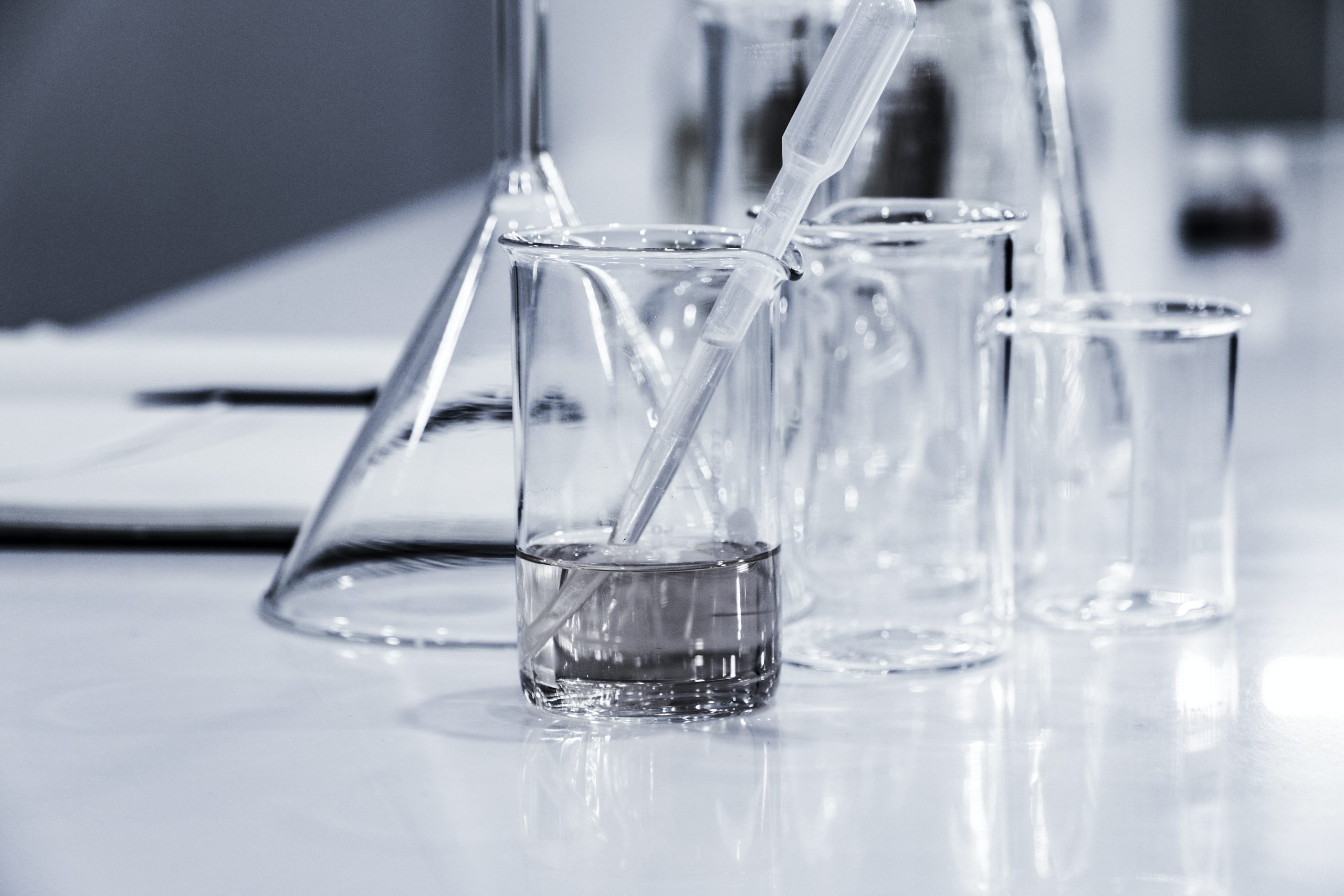Table of Contents
ToggleIntroduction:
Perfluoroalkyl substances (PFAS) are a group of man-made chemicals that have been widely used in many industries due to their ability to repel oil and water. However, the negative effects of PFAS have become increasingly apparent in recent years, as studies have shown that these chemicals are linked to a host of health problems in humans and wildlife. In this article, we will explore the impact of PFAS contamination on wildlife, and how it affects the delicate balance of our ecosystem.
Understanding PFAS
PFAS are a group of synthetic chemicals that are made up of carbon and fluorine atoms. They are used in a variety of industrial and commercial applications, including non-stick cookware, waterproof clothing, and firefighting foam. PFAS are persistent in the environment, meaning that they do not break down easily and can remain in the environment for a long time. This persistence has led to widespread contamination of soil, water, and wildlife, with potentially devastating consequences.
The Impact of PFAS on Wildlife
PFAS contamination can have a significant impact on wildlife, particularly on aquatic animals. Studies have shown that exposure to PFAS can lead to developmental problems, reproductive issues, and even death in fish, amphibians, and other aquatic animals. In addition, PFAS contamination can affect the behavior and survival of birds and mammals, as well as their ability to reproduce.
The Widespread Nature of PFAS Contamination
PFAS contamination is a widespread issue, affecting both wildlife and humans across the globe. In recent years, PFAS contamination has been detected in a variety of wildlife species, including birds, fish, and mammals. In some cases, PFAS contamination has led to the decline or extinction of certain species.
The Role of Humans in PFAS Contamination
Humans play a significant role in PFAS contamination, both through the production and use of these chemicals, as well as through our interactions with the environment. PFAS can enter the environment through wastewater treatment plants, landfills, and other sources, and can contaminate groundwater and surface water supplies. In addition, PFAS can accumulate in the food chain, with potentially harmful effects on wildlife and humans alike.
The Need for Action
Given the widespread nature of PFAS contamination and its potential impact on wildlife, it is clear that action is needed to address this issue. This can include reducing the use of PFAS in industrial and commercial applications, as well as implementing measures to remove PFAS from the environment. In addition, there is a need for increased monitoring of PFAS contamination in wildlife and human populations, as well as research into the potential long-term effects of exposure.
Conclusion:
PFAS contamination is a serious issue that has a significant impact on wildlife, as well as humans. The persistence of these chemicals in the environment means that the effects of PFAS contamination can be long-lasting and potentially devastating. However, by taking action to address this issue, we can help to protect our wildlife and preserve the delicate balance of our ecosystem. It is up to us to take responsibility and make the changes necessary to protect our planet and its inhabitants from the harmful effects of PFAS contamination.








2 thoughts on “PFAS Contamination: An In-Depth Look at the Impact on Wildlife”
Pingback: How to Protect Your Health and the Environment from PFAS Chemicals - Sustainability Awakening
Pingback: Is Your Tap Water Safe? Unveiling the Truth About PFAS